-
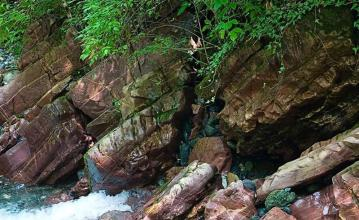
Shennongjia Group Strata and Stromatolites
Shennongjia is one of the regions with the most completely preserved Late Precambrian strata in the world. It not only clearly records the unique geological evolution history of the Shennongjia area, but also is a key to solving the problem of global Precambrian stratigraphic correlation.2022-09-20
-
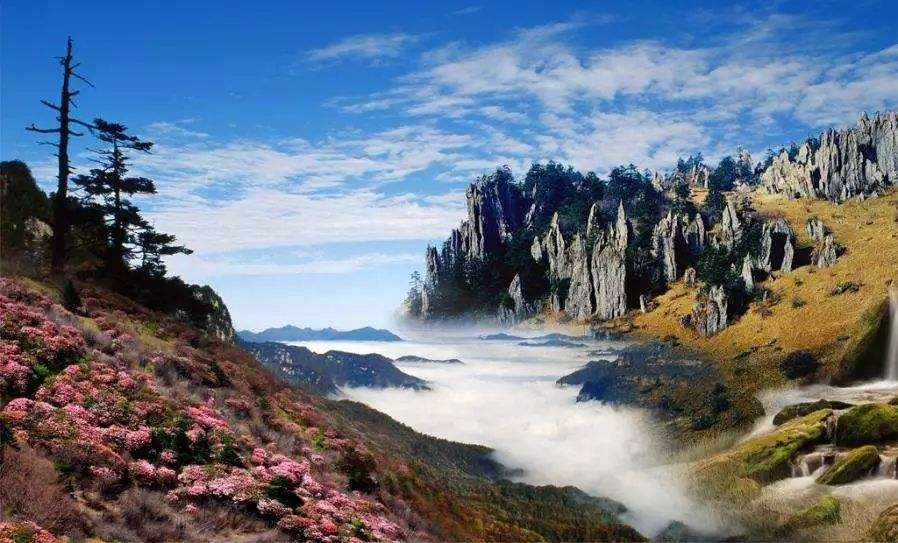
Development and Evolution History of Regional Geological Structures
Since the Quaternary, the Shennongjia area has been in a large-scale uneven and intermittent upward movement, which is manifested as planation surfaces, layered karst and multistage river terraces. Under the action of endogenic and exogenic geological agents, the present geological and geomorphological landscape of the area is gradually formed.2022-09-20
-
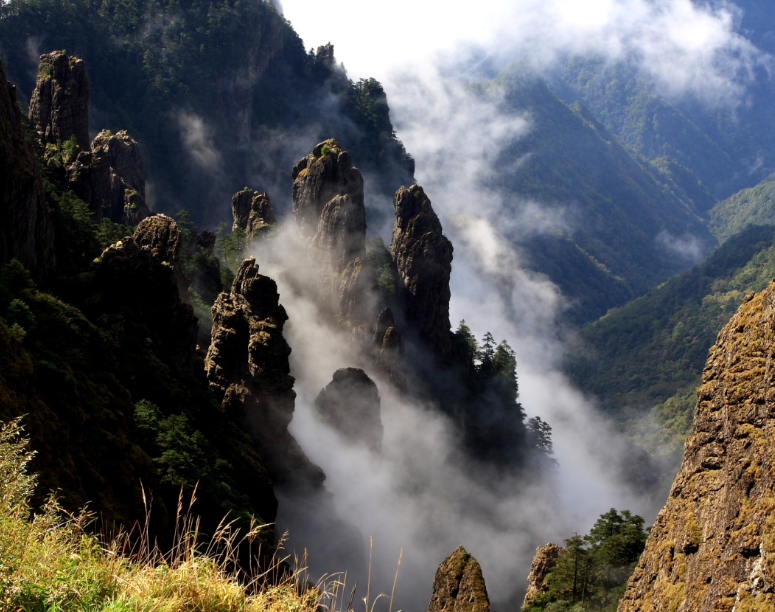
Main Types of Geological Heritage
The geological relics in Shennongjia UNESCO Global Geopark are divided into 6 categories, i.e., typical geological sections, paleontological landscapes, geomorphologic landscapes, mountain landscapes, water landscapes, and geological disaster relic landscapes. Among the typical geological sections, stratigraphic units and stratigraphic boundary stratotype sections are the most abundant, while karst landforms and Quaternary glacial landforms are the most typical geological landscapes.2022-09-20
-
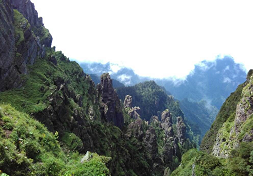
Geological Overview of Shennongjia
Shennongjia is located in the northwestern border of Hubei Province, the northern margin of the Yangtze Plate, and the eastern section of the Qinling-Dabie orogenic belt, where the Yangtze Platform and the Sino-Korea Platform collide and merge.2022-09-20
-
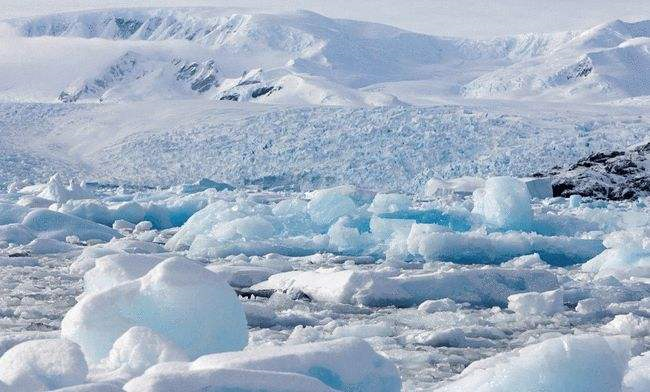
"Snowball Earth" Event and "Climate Warming" Event
The geological relics of Shennongjia have recorded many major geological events that have occurred over a billion years.2022-09-20
Copyright Shennongjia National Park
Address:36 Chulin Road, Muyu Town, Shennongjia Forestry District, Hubei Province 鄂ICP备18005077号-3
Address:36 Chulin Road, Muyu Town, Shennongjia Forestry District, Hubei Province 鄂ICP备18005077号-3
Email:2673990569@qq.com
Phone:0719-3453368
Phone:0719-3453368


TOP

